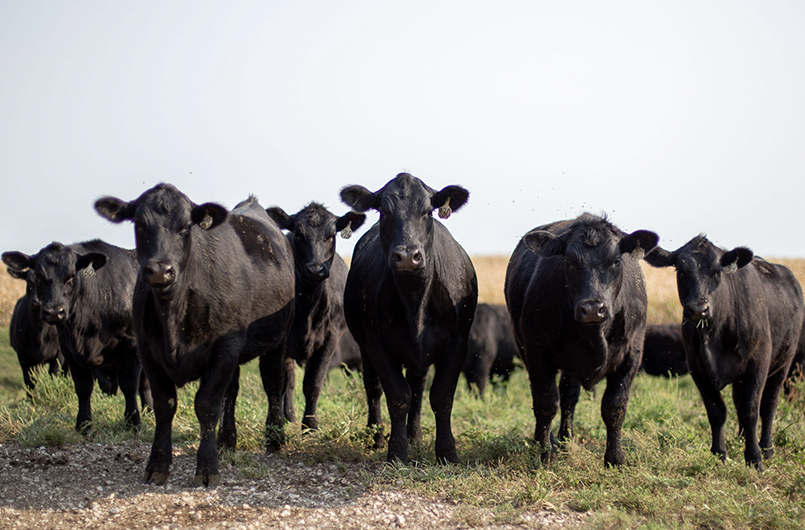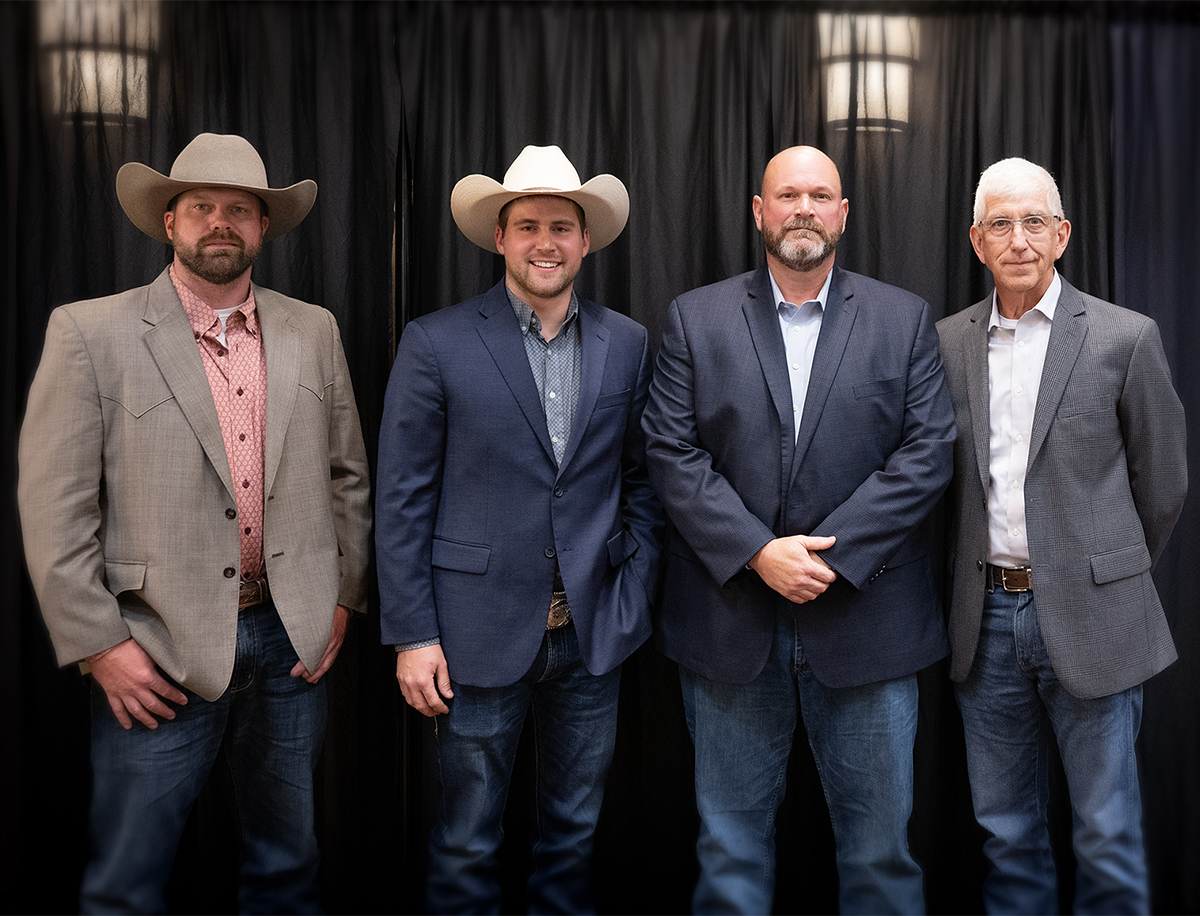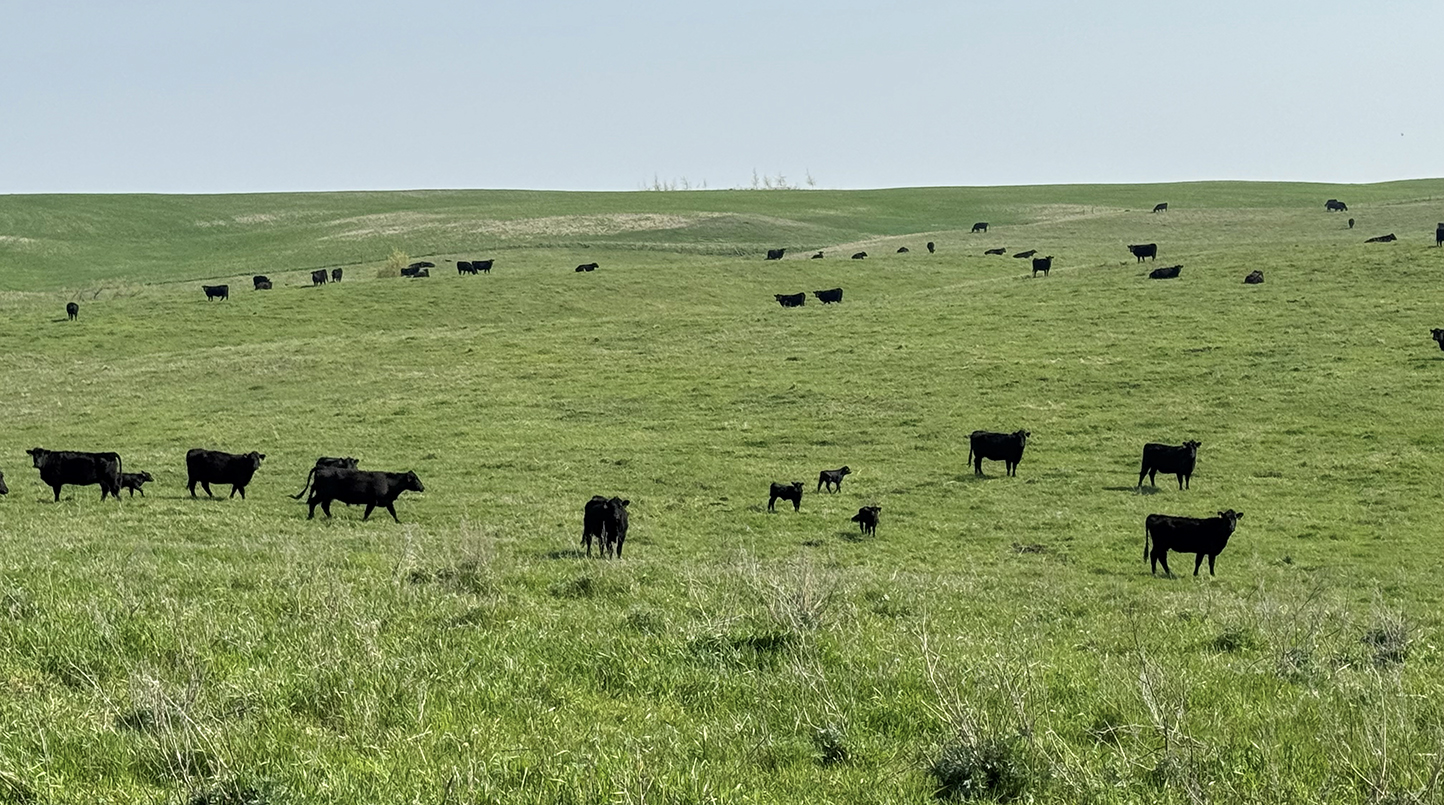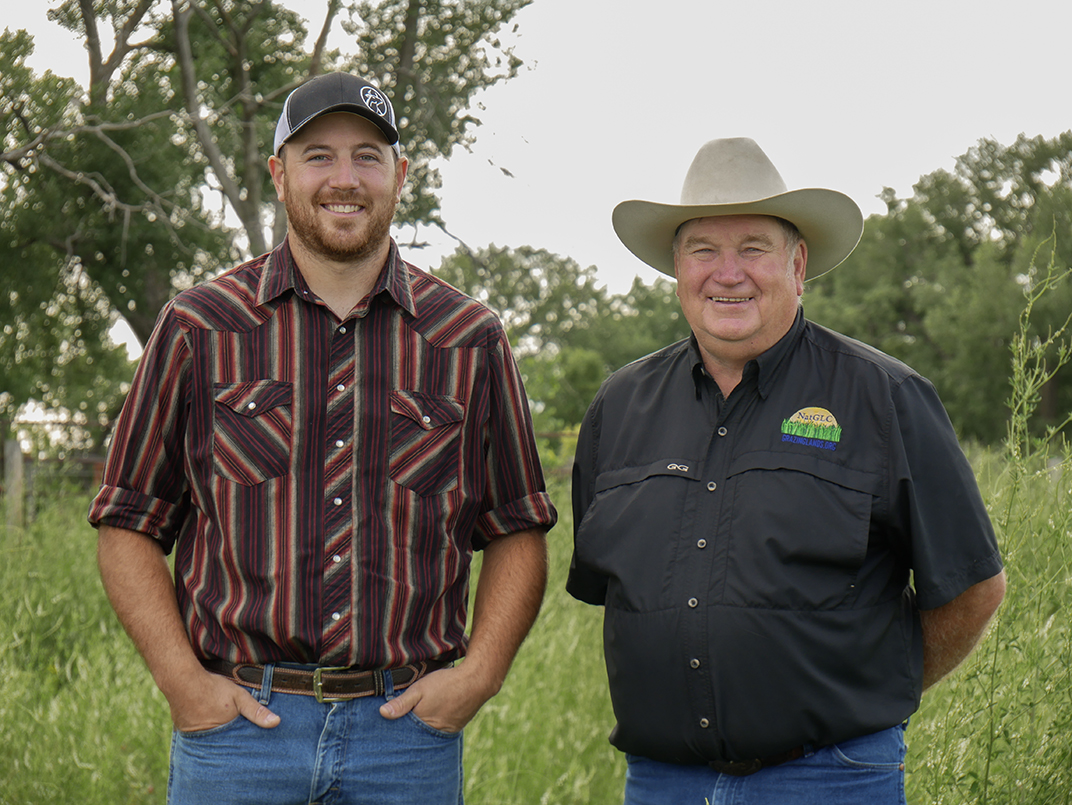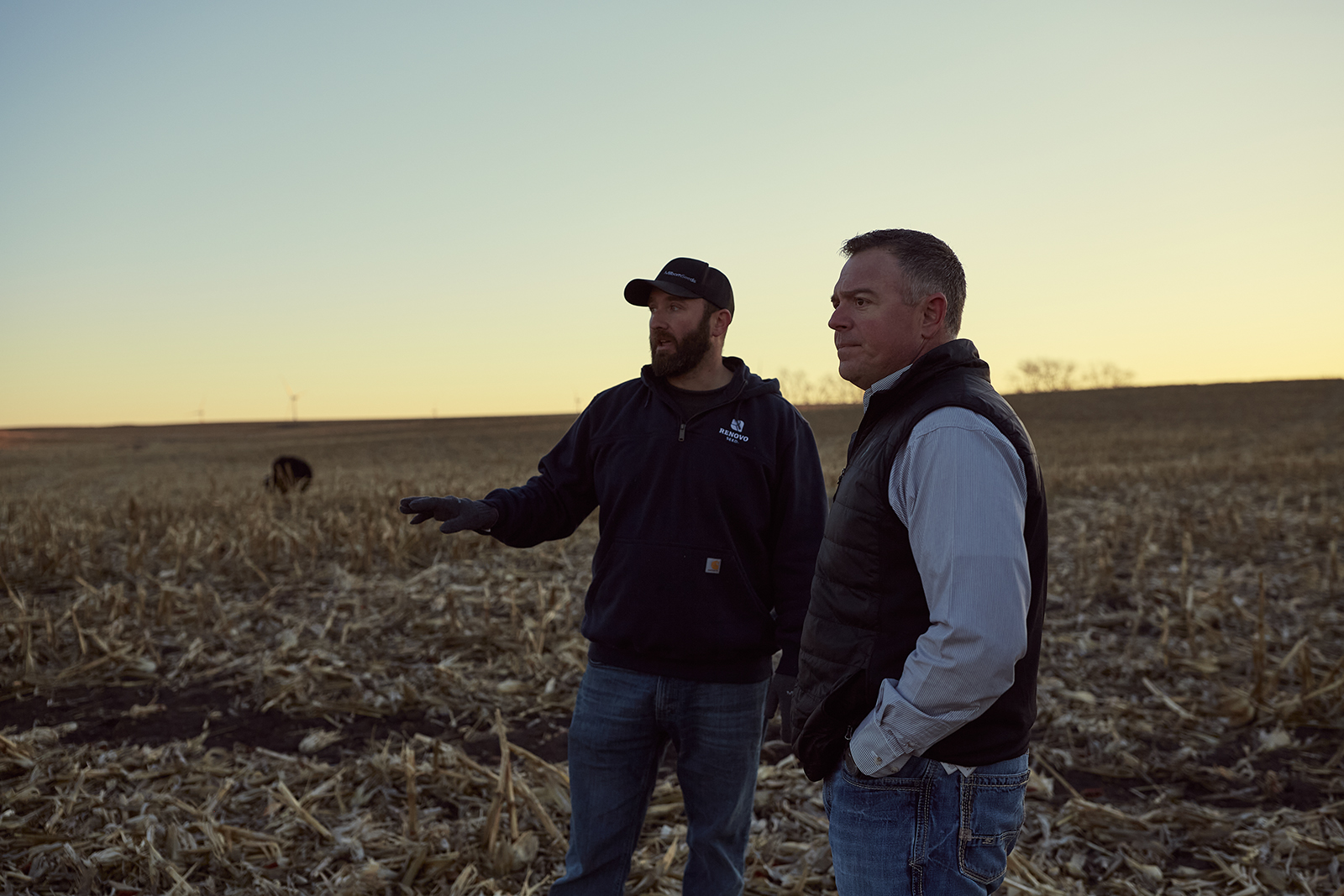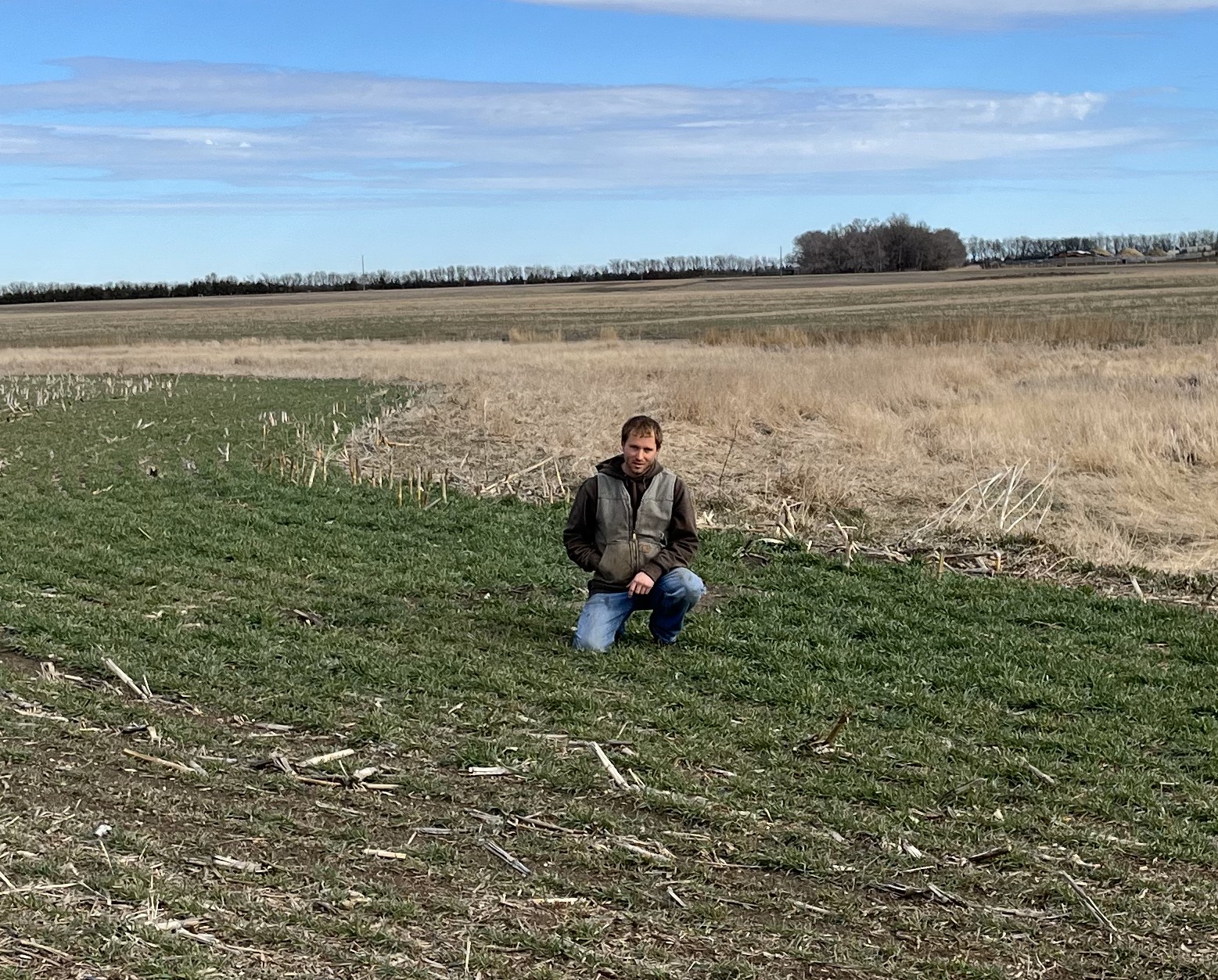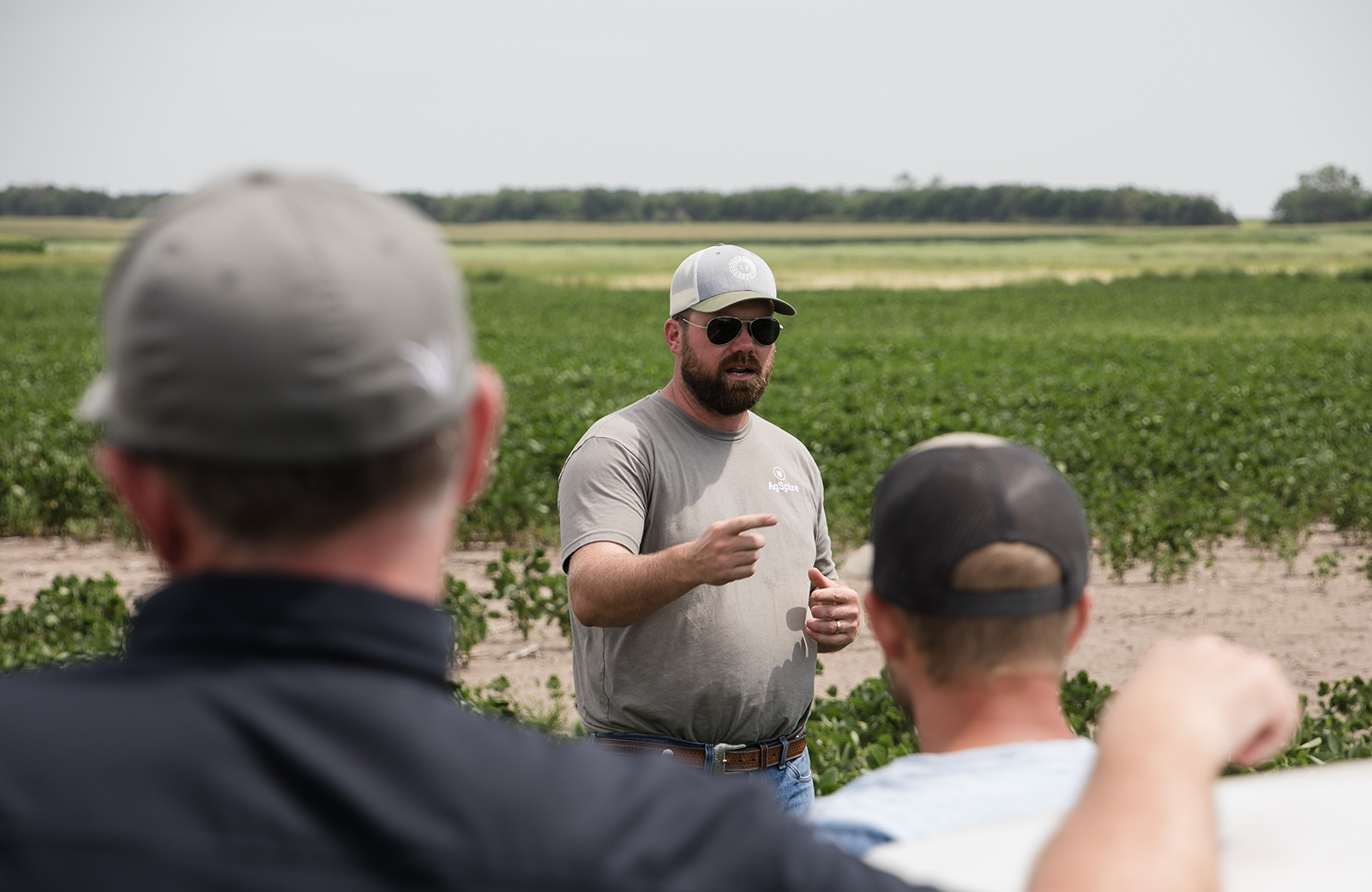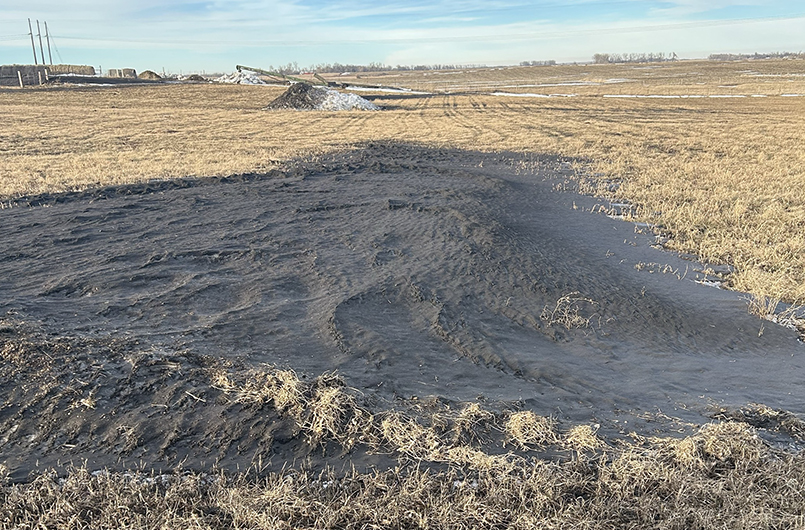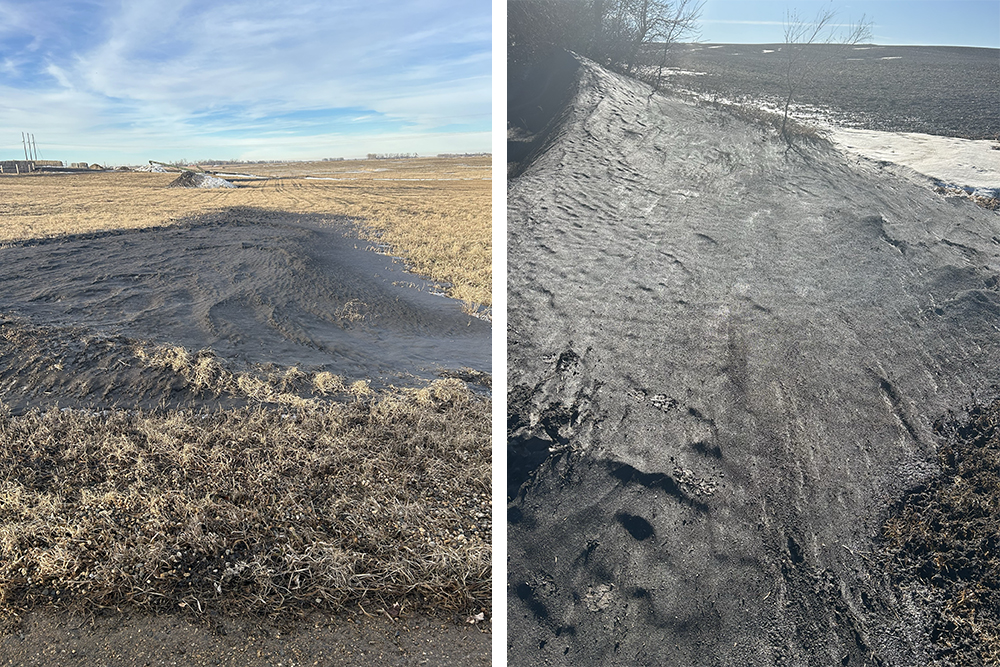By Lura Roti for AgSpire
Cow/calf producer Brady Wulf often finds himself talking with consumers because he and his wife operate a vacation rental on their family’s multi-generational Minnesota ranch. And when he shares about the positive impact the family’s cattle have on the environment, Wulf said their guests are surprised.
“I explain how our cattle are sequestering way more carbon than they are putting out, and our guests’ jaws just about hit the floor,” said Wulf. “Because this is not the story they have been told.”
When it comes to sustainability, beef producers do have a great story to share. But they need data to prove it.
This became a focus that Wulf and the other panelists discussed with a large group of cattle producers during the Making Sense of Sustainability panel discussion hosted by AgSpire, June 21 ahead of the Prime Time Cattlemen’s Foundation Gala held in Sioux Falls, S.D.
“I want to give people the right to eat beef and remove some of the guilt that others are trying to drive, but we can’t do that without numbers,” explained panelist Tim Hardman, Global Sustainability Director at Fulton Marketing Group (FMG), the company responsible for procuring 700 million pounds of beef for McDonald’s each year.
To accomplish that goal, FMG and McDonald’s teamed up with AgSpire.
AgSpire works with ranchers – like Wulf – to incentivize and implement sustainable management practices, while also helping capture and quantify the positive impact grazing livestock have on soil and grassland health, explained panel moderator, Jared Knock.
Knock is one of AgSpire’s founders and a Willow Lake, South Dakota cattle producer. During the panel discussion, Knock shared the inspiration behind AgSpire. “When I think about what is going to keep animal agriculture viable for the long term …it is really the environmental concern about beef production that I see as the biggest risk factor for my children’s children to continue in the industry.”
Panelist Don Gales agreed. The Chairman and Chief Executive Officer of Friona Industries, the second-largest cattle feeder in the U.S., said, “Sustainability starts at the calf level – a sustainable (beef) operation needs to be both sustainable with the environment and sustainable with economics, this is what we are working to do.”
Friona Industries also works with AgSpire to support ranchers in their supply chain. Companies like Friona Industries and FMG represent a growing cohort of public and private organizations who are taking action to help cattle producers in their efforts to enhance soil and grassland health, as well as reward them for the positive environmental impacts.
Through AgSpire’s SustainAg Network, cattle producers get to choose a program that fits with their operation’s goals, receive expert advice, resources and funding to cover costs associated with implementation of sustainability practices. And data is collected throughout the process to quantify the impact of these practices.
AgSpire is focused on assisting producers improve their operational efficiency, resilience, and profitability, explained Ryan Eichler, director of producer programs at AgSpire and a Lake Preston, South Dakota cattle producer. “We help producers capture incentives and use them to further producers’ business goals.”
Wulf participates in AgSpire’s Grass is Greener program. Funded through a partnership between AgSpire, South Dakota State University, and others, Wulf is able to expand his operation’s use of cover crops and perennial plantings, thereby increasing forage available for grazing.
Like many agriculture producers enrolled in AgSpire programs, Wulf and his family have been implanting regenerative agriculture practices on their land for generations. He appreciates the ability to now have data to support what his family has known for years.
“We’ve completely revitalized our grasslands with our cattle and there are a lot of measurables, like carbon sequestration, but then there are a lot of things you can’t measure, like water infiltration, like plant diversity, like controlling runoff, controlling wind erosion,” Wulf said.
But it is the measurable carbon sequestration data collected from Wulf’s cattle ranch and others that corporations like McDonald’s and Friona Industries need, explained Hardman.
“The numbers AgSpire is helping us collect, will drive a more meaningful sustainability conversation with consumers in the future.”
Below: Audience members engaged with the panelists during the Q&A
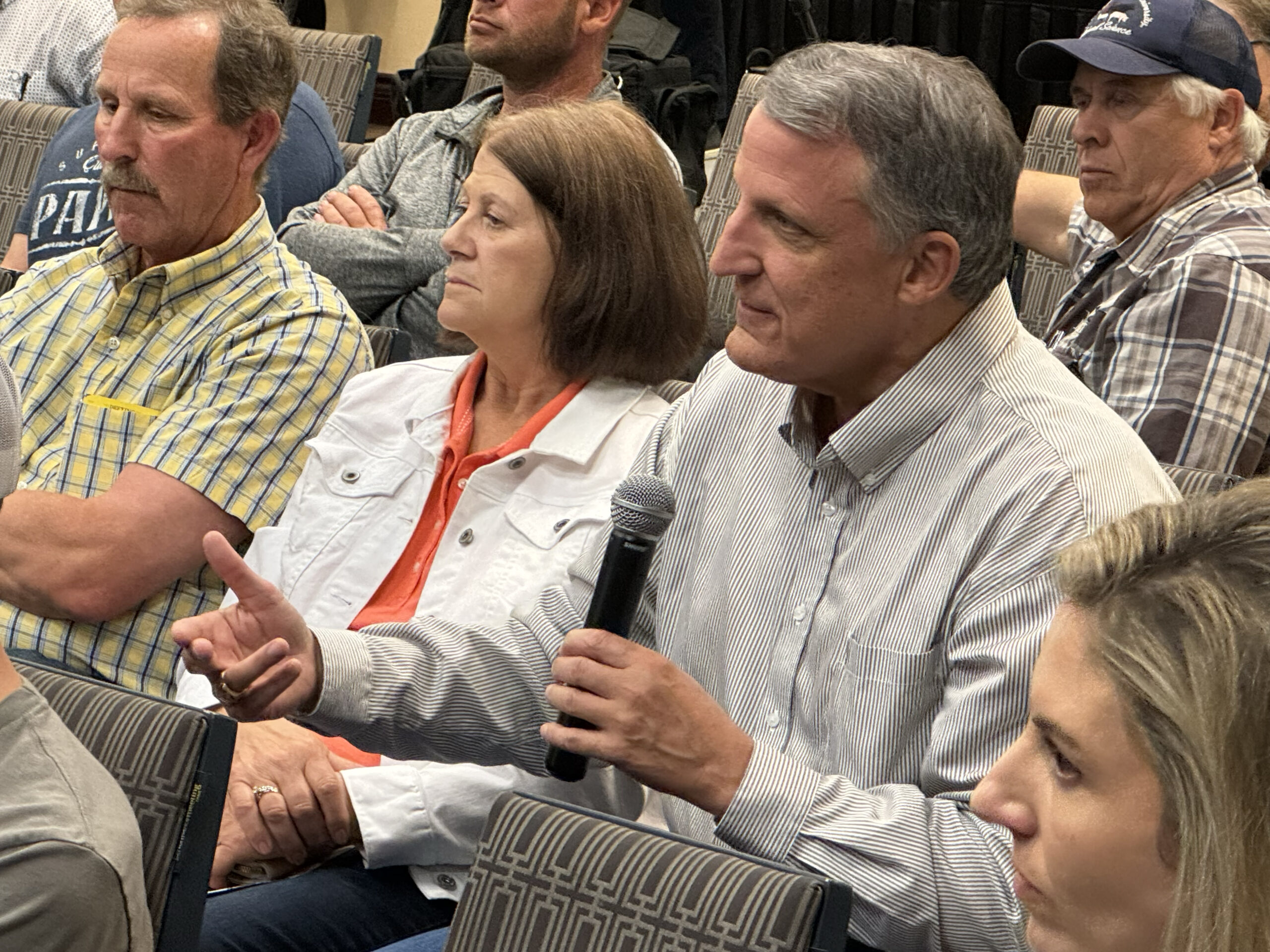
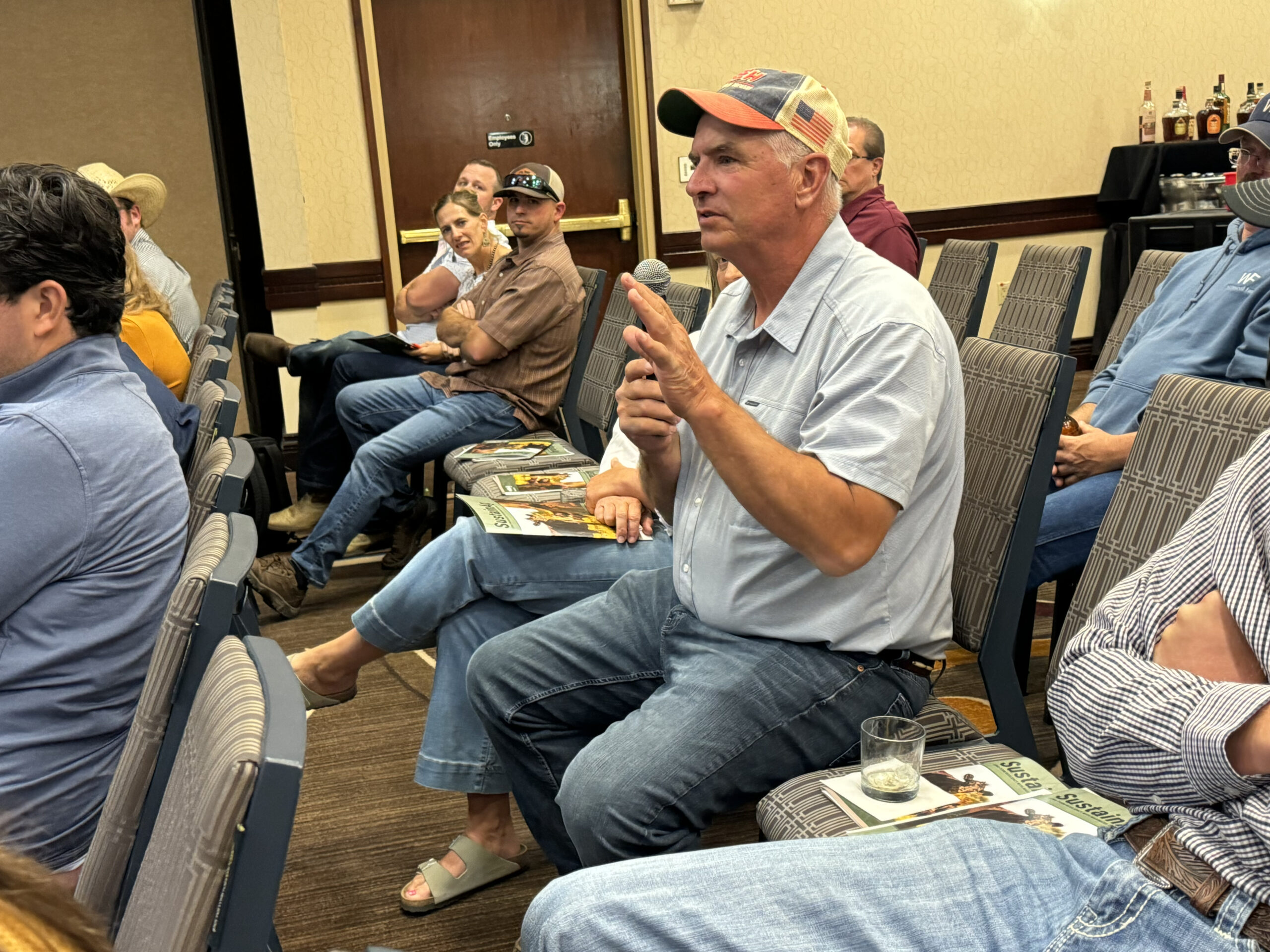
 Visit AgSpire.com
Visit AgSpire.com